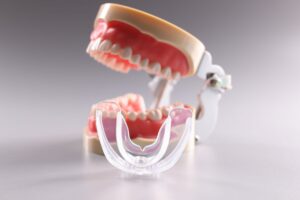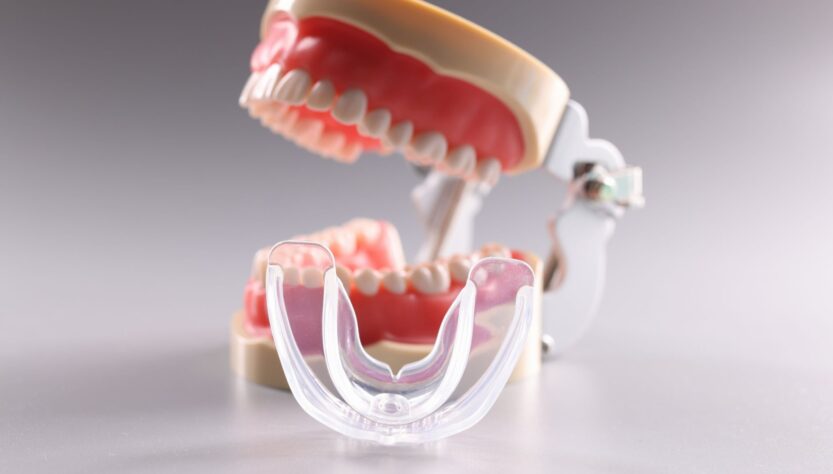Dr. Diman Qadir Karim
Orthodontic Board Candidate KBMS, BDS
Recently, there is increasing in the number of people seeking orthodontic treatment, there has been a surge in desire for appliances that are both more aesthetically pleasing and more comfortable than traditional fixed appliance.
Like the traditional fixed appliance systems, the term Clear Aligner Therapy (CAT) encompasses a diverse array of appliances with varying modes of action, techniques of fabrication, and application to diverse malocclusion therapies. All use aligners that are constructed from transparent thermoformed plastic cover many or all the teeth.
Clear aligners have been introduced into the orthodontic field which dates to 1998. When Align Technology received the Food and Drug Administration FDA approval, it used Invisalign for orthodontic purposes. This concept has been used in a modified form several decades ago by Harold Kesling in 1946 called tooth positioner.
Previously, CAT was only used to address mild irregularities in tooth position, certain aligner methods remain purposefully and expressly confined to address mild positional irregularities, whilst others claim to address complicated malocclusion. The use of bonded resin attachments on teeth to expand the spectrum of aligner therapy could be achieved through certain CAT systems which assist certain type of tooth movements that might be difficult or impossible to accomplish with aligners.
According to the Align Technology Annual Report, approximately four million patients have aligned their teeth using Invisalign system.
Advantages
- Transparent aligners are clear, aesthetically pleasing, and often undetectable, enabling patients to smile with optimum satisfaction.
- The trays are made of plastic and are comfortable, no metal brackets or wires exist to irritate or injure the mouth.
- Comparatively to traditional fixed appliances, the removable trays offer improved dental hygiene because they make eating, brushing, and flossing easier.
- Shorter dental appointments are necessary.
- Occlusal abrasion caused by parafunctional activities controlled throughout treatment process.
- Individuals with TMJ issues may benefit from teeth disarticulation.
- Much easier technically than lingual braces.
- More precise in determining the length of the therapy than fixed appliances.
- Fewer dental appointments are necessary since patients can swap out their aligners on their own every few weeks.
- The absence of brackets may result in better periodontal tissue and a reduced incidence of enamel demineralization.

Disadvantages
*These aligners must be worn for 22 hours a day to have the intended effects because they are removable, which requires greater self-control and patient incentive.
*To prevent vulnerable deformations, the aligner must be removed before meals, while consuming hot or sugary beverages, and when doing at-home dental care.
*Poor patient adherence with dentist’s instructions, not using aligners for the required hours per day, missing visits, poor oral care, and damaged appliances may delay treatment duration, increase costs, and negatively impact on the quality of outcomes.
Conclusion
For adult patients who might not opt the fixed appliances, the CAT System has created easier approach for orthodontic treatment. Patient adherence and expectations have a major role in how well patients are informed about the benefits and drawbacks of clear aligner therapy.
References:
- Weir T. Clear aligners in orthodontic treatment. Australian dental journal. 2017;62:58-62.
- Vijayaalakshmi L, Sumathifelicita A. Clear aligners in orthodontics. International journal of management, IT & engineering. 2017;7(7).
- Thukral R, Gupta A. Invisalign: invisible orthodontic treatment-a review. Journal of Advanced Medical and Dental Sciences Research. 2015;3(5):S42.
- Glaser B. The Insider’s Guide to Invisalign Treatment: A Step-By-step Guide to Assist You with Your ClinCheck Treatment Plans. Sacramento: 3L Publishing. 2017.


